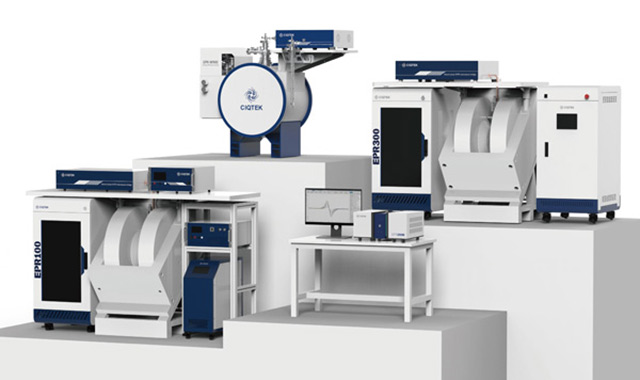Precision EPR Spectroscopy with Advanced Variable Temperature Systems
Electron Paramagnetic Resonance (EPR) spectroscopy is a critical technique for studying the electronic properties of paramagnetic species, and temperature control plays a central role in the accuracy and reliability of EPR measurements. Variable Temperature (VT) Systems allow researchers to investigate temperature-dependent phenomena, providing a direct window into spin dynamics, phase transitions, and other subtle effects.
The Role of Temperature Control in EPR
Temperature is a key variable in EPR experiments. Precise control helps to:
- Resolve Fine Spectral Details: Temperature fluctuations can lead to line broadening or obscure hyperfine interactions. Maintaining a stable environment (with stabilities reaching ±0.1 K) ensures that delicate features in the spectrum remain visible.
- Investigate Dynamic Processes: Many paramagnetic materials exhibit changes in behavior as temperature varies. By systematically adjusting temperature, researchers can monitor transitions, study relaxation processes, and even capture transient intermediate states.
- Enhance Measurement Sensitivity: Lower temperatures often reduce thermal noise, resulting in a better signal-to-noise ratio. This is essential when studying weak signals or samples with low concentration.
Technical Features of Modern VT Systems
Contemporary VT systems are designed to cover a wide temperature range—from cryogenic levels (around 4 K using liquid helium or closed-cycle cryostats) up to around 400 K. Key attributes include:
- Wide Operational Range: The ability to simulate various experimental conditions is crucial. Systems operating from 4 K to 400 K provide the versatility needed for diverse research applications.
- Rapid Temperature Stabilization: Advanced PID (Proportional, Integral, Derivative) controllers enable quick adjustments and maintain set points within seconds. This minimizes downtime and improves experimental throughput.
- Robust Digital Interfaces: Real-time monitoring, automated feedback, and user-friendly software allow precise programming of temperature profiles. These features reduce manual intervention and help ensure reproducibility in measurements.
CIQTEK EPR VT System: Detailed Technical Insights
CIQTEK has significantly contributed to EPR VT technology by integrating advanced engineering with practical laboratory requirements. Their system is noted for several specific technical strengths:
- Precision Engineering: CIQTEK EPR VT system is built with a custom-designed cryostat that maintains a temperature range from 4 K to 400 K. The system achieves an impressive stability of ±0.1 K through a refined closed-loop PID control algorithm. This precise control is essential for experiments that demand high reproducibility, such as studying spin relaxation phenomena or characterizing subtle phase transitions.
- Fast Response Time: One of the distinguishing features of the CIQTEK VT system is its rapid stabilization. Engineers have often optimized the temperature ramping process so that the system reaches the desired temperature in under one second. This capability is particularly advantageous when sequential temperature steps are required in complex experimental protocols.
- Integrated Digital Control and Data Logging: The system comes with an advanced digital interface that not only allows for precise temperature programming but also provides real-time data logging. Researchers can monitor temperature variations live, ensuring that any deviation is promptly corrected. The software also supports remote access and control, which is beneficial for long-duration experiments where constant monitoring is impractical.
- Sample Integrity and Low Magnetic Interference: Special attention has been paid to the design of the sample chamber and probes. CIQTEK’s system minimizes magnetic field distortions caused by temperature control hardware, thereby preserving the integrity of the EPR signal. This is critical for studies where even minor artifacts can lead to misinterpretation of data.
- Field Validation: Several research laboratories, both in academic institutions and industrial settings, have implemented CIQTEK’s VT systems in their experiments. For instance, one university laboratory investigating semiconductor defects noted that the enhanced thermal stability provided clear insights into defect-related spin dynamics. Similarly, an industrial lab focusing on novel magnetic materials reported that the system’s rapid response and stability enabled them to resolve intricate phase changes with high confidence.
